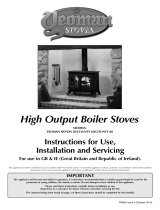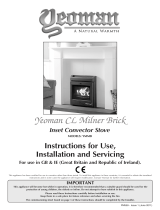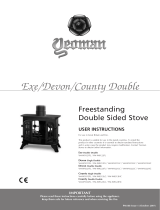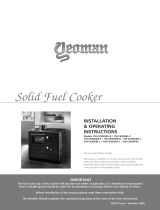Stovax County offers an efficient heating solution for your home. Built with the latest technology, this freestanding stove range provides optimal heat distribution and precise temperature control. Enjoy cozy evenings with its impressive heat output, while minimizing fuel consumption with its clean-burning design. The stove's durable construction and easy-to-use controls make it a reliable choice for your heating needs.
Stovax County offers an efficient heating solution for your home. Built with the latest technology, this freestanding stove range provides optimal heat distribution and precise temperature control. Enjoy cozy evenings with its impressive heat output, while minimizing fuel consumption with its clean-burning design. The stove's durable construction and easy-to-use controls make it a reliable choice for your heating needs.
















-
 1
1
-
 2
2
-
 3
3
-
 4
4
-
 5
5
-
 6
6
-
 7
7
-
 8
8
-
 9
9
-
 10
10
-
 11
11
-
 12
12
-
 13
13
-
 14
14
-
 15
15
-
 16
16
Stovax County offers an efficient heating solution for your home. Built with the latest technology, this freestanding stove range provides optimal heat distribution and precise temperature control. Enjoy cozy evenings with its impressive heat output, while minimizing fuel consumption with its clean-burning design. The stove's durable construction and easy-to-use controls make it a reliable choice for your heating needs.
Ask a question and I''ll find the answer in the document
Finding information in a document is now easier with AI
Related papers
-
Stovax County 5 User Instructions
-
Stovax Stockton 11 User Instructions
-
Stovax Stockton User manual
-
Stovax Stockton 11 User Instructions
-
Stovax Stockton 11 User Instructions
-
Stovax Studio Duplex User Instructions
-
Stovax Studio Edge + User Instructions
-
Stovax 7053lG User manual
-
Stovax Studio 3 Freestanding User Instructions
-
Stovax Riva 50 User Instructions



















